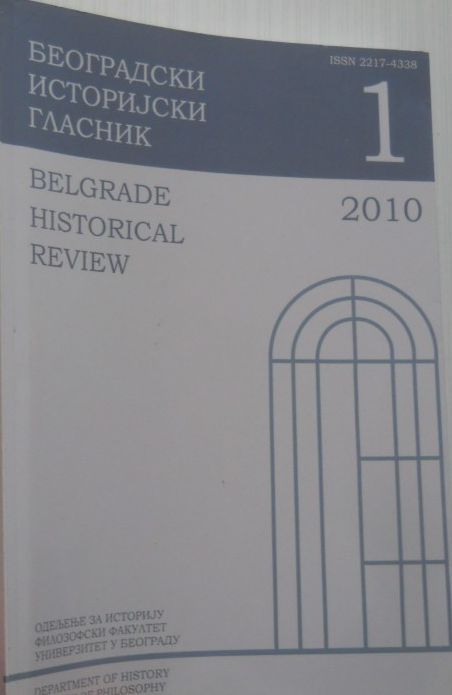ПРИМЕНА ПАРЛАМЕНТАРИЗМА У СРБИЈИ (1889–1894) - ПРОБЛЕМИ И ПОСЕБНОСТИ ПОЛИТИЧКОГ РАЗВИТКA -
APPLICATION OF PARLIAMENTARISM IN SERBIA (1889–1894) - PROBLEMS AND SPECIFIC FEATURES OF POLITICAL DEVELOPMENT -
Author(s): Suzana RajićSubject(s): Political history, 19th Century, Between Berlin Congress and WW I
Published by: Филозофски факултет, Универзитет у Београду
Keywords: constitution; parliamentarism; law; parties; ruler; bureaucracy; army; separation of powers
Summary/Abstract: The paper is dedicated to shedding light on the conditions under which the parliamentary system was applied in Serbia during the five-year period. The key problem that slowed down and ultimately hindered this process were the different understandings of the relationship of constitutional actors towards the division of state power. This difference led to contradictory conceptions of the state: the Crown advocated a centralist state, a constitutional monarchy, in which the ruler would unite executive and legislative power. The democratic, in the then understanding radical forces, strove for a state that would be realized through decentralization and domination by the most massive Radical Party. King Milan, and then his son Aleksandar Obrenović, were in a constant struggle against the aspirations of the radical Assembly to damage the rights of the Crown as much as possible and reduce the power of the ruler to a passive constitutional provision. It fell to them to give constitutionalism practical application. Struggling to maintain their increasingly challenged rights, both reigns were fraught with instability. This was especially true of King Alexander's reign.
Journal: БЕОГРАДСКИ ИСТОРИЈСКИ ГЛАСНИК
- Issue Year: 2010
- Issue No: 1
- Page Range: 137-167
- Page Count: 31
- Language: Serbian

